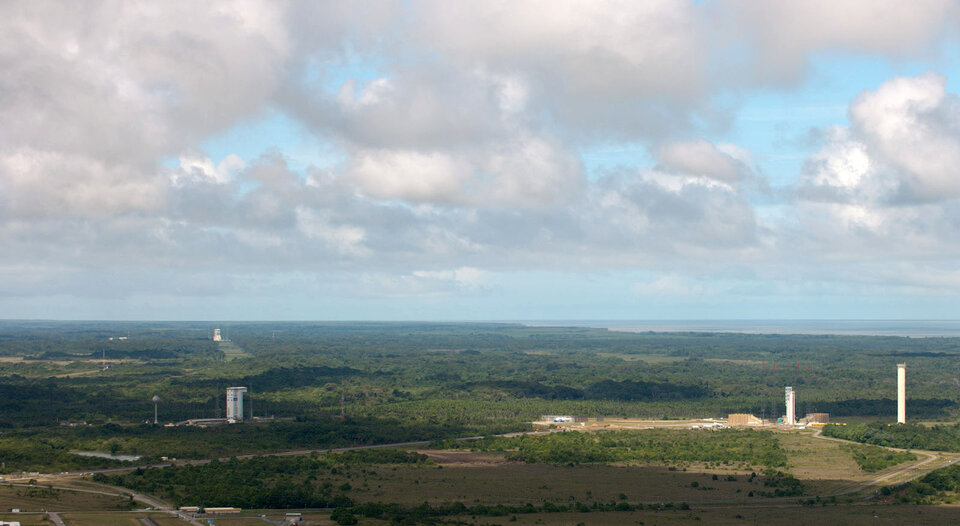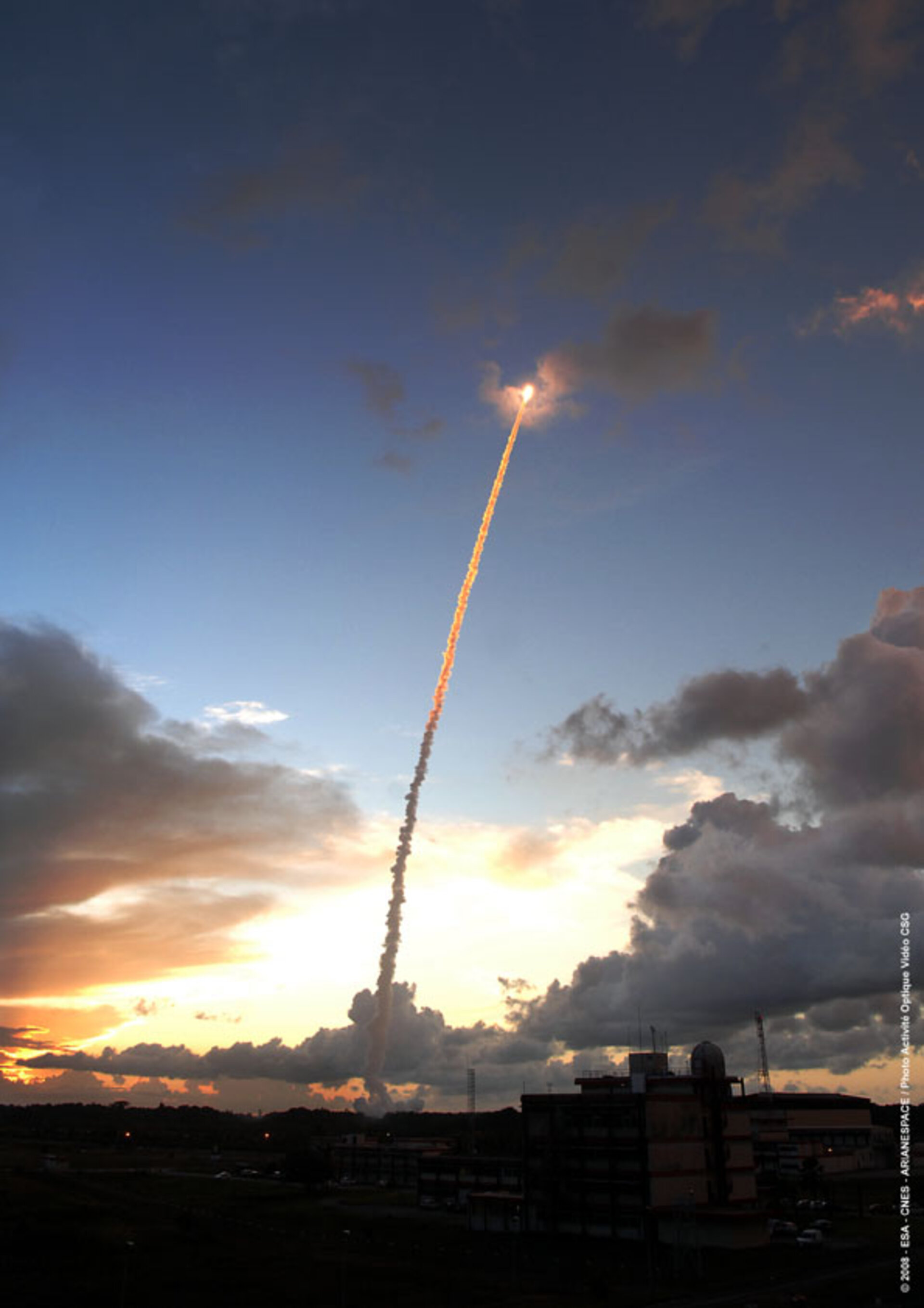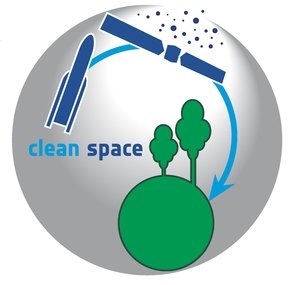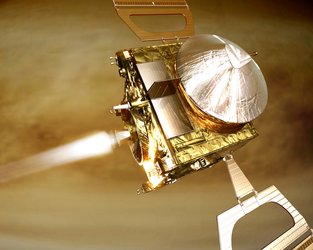Virtual rocket launches will probe atmospheric effects
A rocket launch is a very special event, touching all layers of the atmosphere. As part of ESA’s new Clean Space initiative, advanced computer modelling will quantify the environmental effect of a launcher’s rise to orbit.
“We want to find out if the rocket combustion process has a distinct environmental impact,” explains Neil Murray of ESA’s Aerothermodynamics section.
“The assumption has always been that the volume of European launches is too low to cause much of an impact. But, in spite of that, we want to develop adequate tools to assess it for sure.
“The thinking behind Clean Space is that the Agency should be in a position to properly understand the impacts of all its activities. We cannot rely on speculation – we need facts.”
As a propulsion engineer specialising in aerothermodynamics, Neil’s focus is on the physics underpinning rocket launches and high-energy flight.
“This work – undertaken through two General Studies Programme (GSP) projects – is computational in nature, requiring some high-performance computer time at the European Centre for Research and Advanced Training in Scientific Computation (CERFACS) in France, for example.
“We’re using computational fluid dynamics to simulate the entire launcher, including the combustion process, expansion in the nozzle and the subsequent evolution of the plume in the atmosphere.

“This will include the Vega and Soyuz-ST plumes and the two rocket plumes of Ariane 5’s solid rocket boosters and its liquid-fuelled central stage and their interaction together, up to 500 m downstream. But that’s just the first part.
“We will also use a far larger-scale chemical transport model to assess the launch’s impact on the atmosphere in terms of chemical effects and climate forcing.
“This requires the modelling of thousands of discrete boxes, each of up to 200 km in size and representing a portion of the atmosphere.
“Launcher aerodynamic simulations and climate models have been done before, many times, but we have an interesting problem: we have to somehow bridge the gap between the very small scales of the plume and the very large scales of the climate model.
“The chemical and climate effects we are interested in typically behave in a non-linear manner and so this bridge has to be very accurate – and also very innovative.”
The US has amassed the most practical data in the field, such as measuring atmospheric ozone levels in the immediate aftermath of a launch. The Clean Space study will use these results to help validate the models used in the study, by seeing if they can replicate observed results.

“There are a lot of uncertainties, so we’ll be varying these to see how sensitive the results are to changes in initial conditions.
“There are various ways launches might affect the atmosphere – directly through ozone depletion, and more indirectly through cloud formation which change Earth’s radiative forcing and therefore temperature.
“Tiny solid rocket particles left behind offer surfaces where chemical reactions could take place and clouds can form.
“The study will take 18 months but we should be learning things throughout. Of course, more efficient combustion would mean less impact, but there are other less obvious possibilities: perhaps time of launch may be critical. Sunlight’s photochemical effects on exhaust species as well as plume mixing processes could be important factors.”
The two GSP projects will proceed in parallel with two sets of partners: the DLR German Aerospace Center, the French ONERA aerospace lab, the Finnish Meteorological Institute and the Bremen Institute of Environment Physics (IUP) and Imperial College London and CERFACS on the other, with France’s Herakles company assisting both teams.







